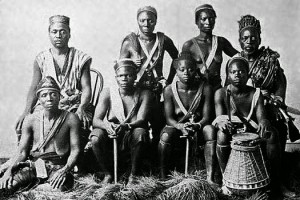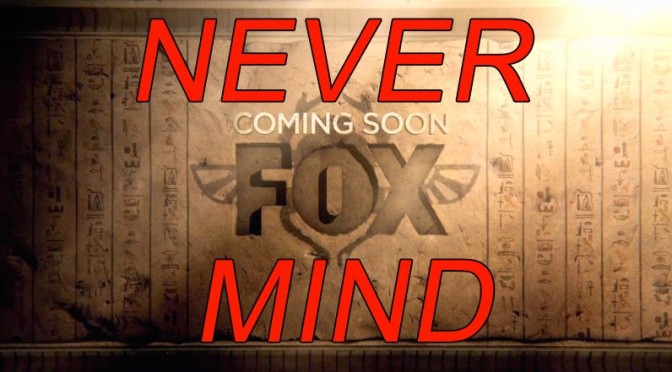As part of my new and improved schedule, I thought it’d be fun if I took some little known details about traditional mythology I’ve learned over the years and share them with everyone. These details can be curiosities, explanations for oddities in folklore, and even explanations for why people believe some of these things even into the modern day. A lot of this is stuff that I learned myself over the years researching my books and the things I could include within. So it’s only fair to spread the wealth of knowledge and share some of the more interesting details I’ve uncovered, since I wouldn’t have known either without that research.
I’m not saying that this will be entirely “new”. I’m not even saying that you’re not going to have some passing knowledge of everything here. But what I am willing to wager is that, even if you know the basic details, there are things involved in what I’m going to share that you just… didn’t know before.
Case in point is an oldie but goodie that people don’t really think about too hard and just accept at face value. For centuries we’ve all known that silver is supposed to strike down wicked forces and, if crafted into a bullet, could kill some cursed creatures such as werewolves. But how often do you stop to ask why that particular metal would do that? Why not something more valuable like gold or platinum? Why is it that this one metal above all others seems to be used more often than any other in protection from evil?
Some of you might know everything I’m about to share here. But, for the rest of you, I’d like to introduce you to the myths revolving around…




























